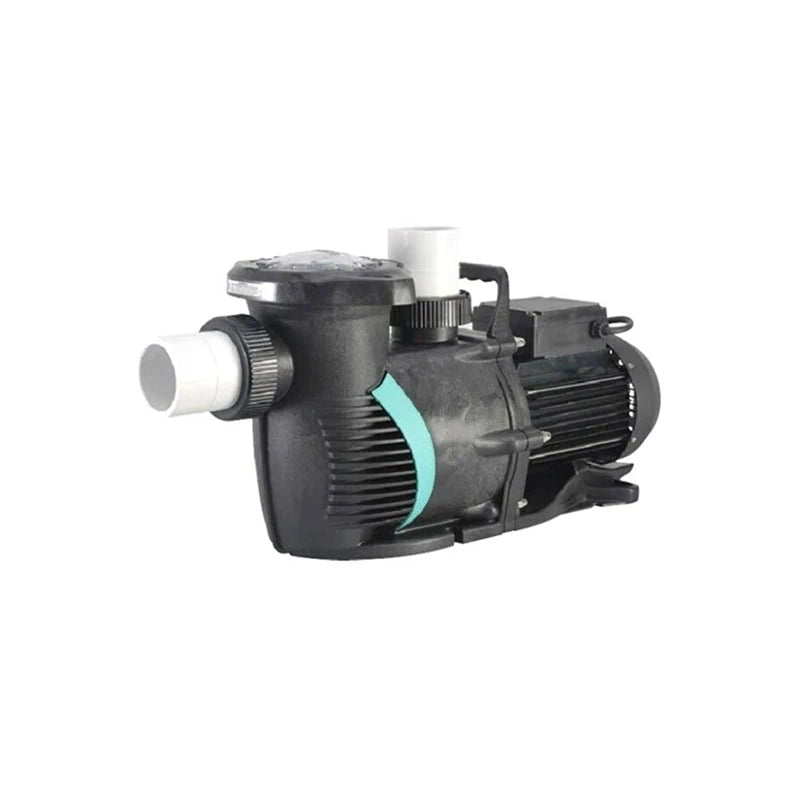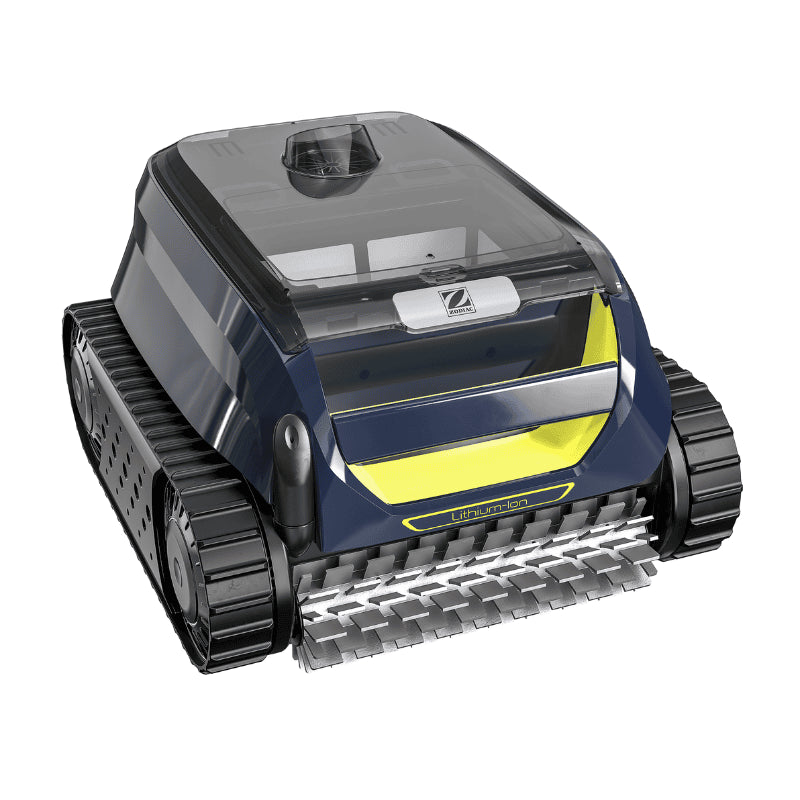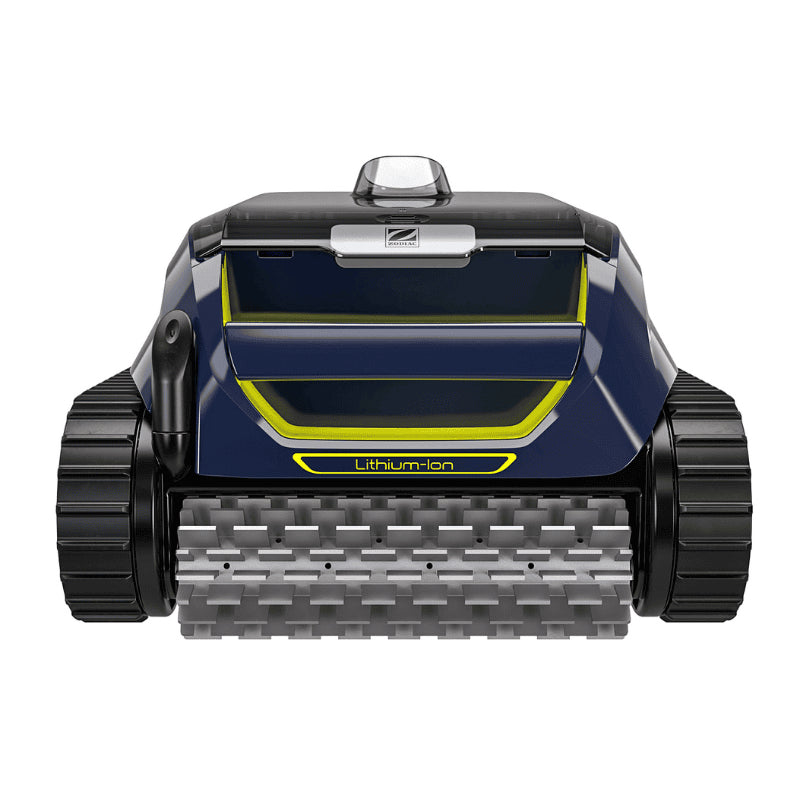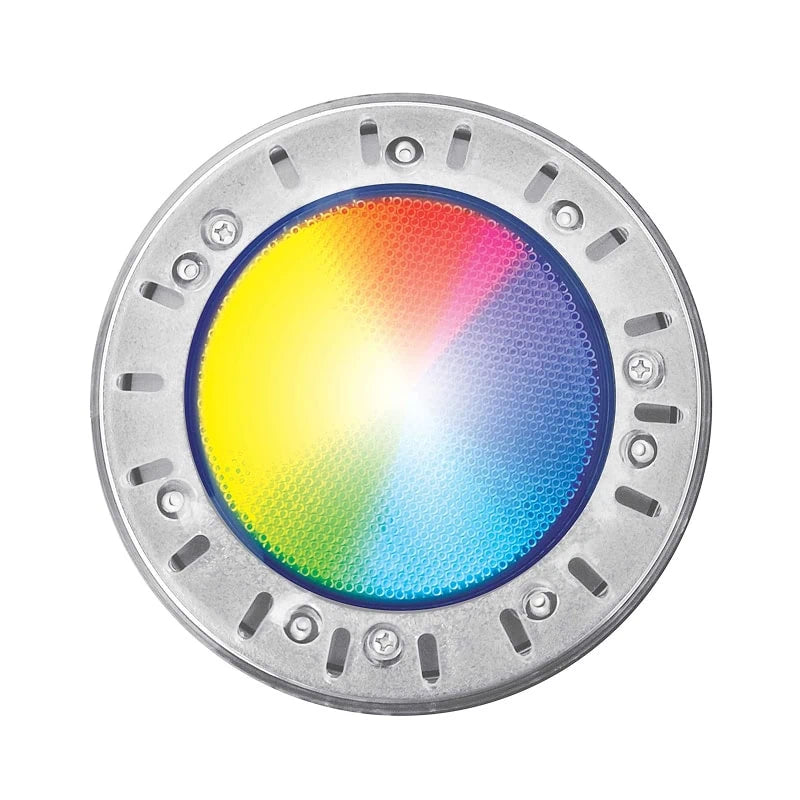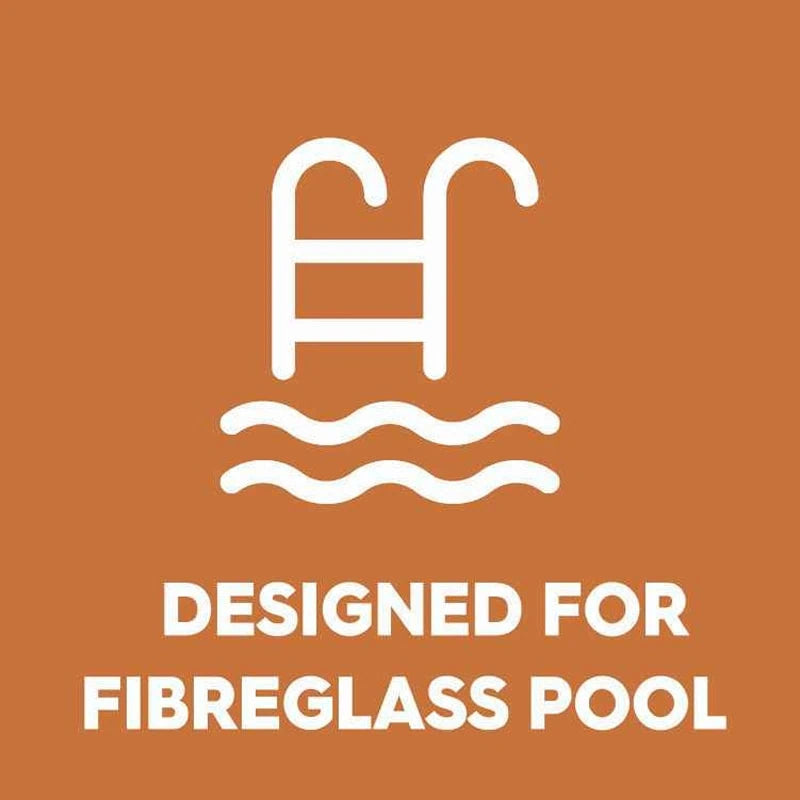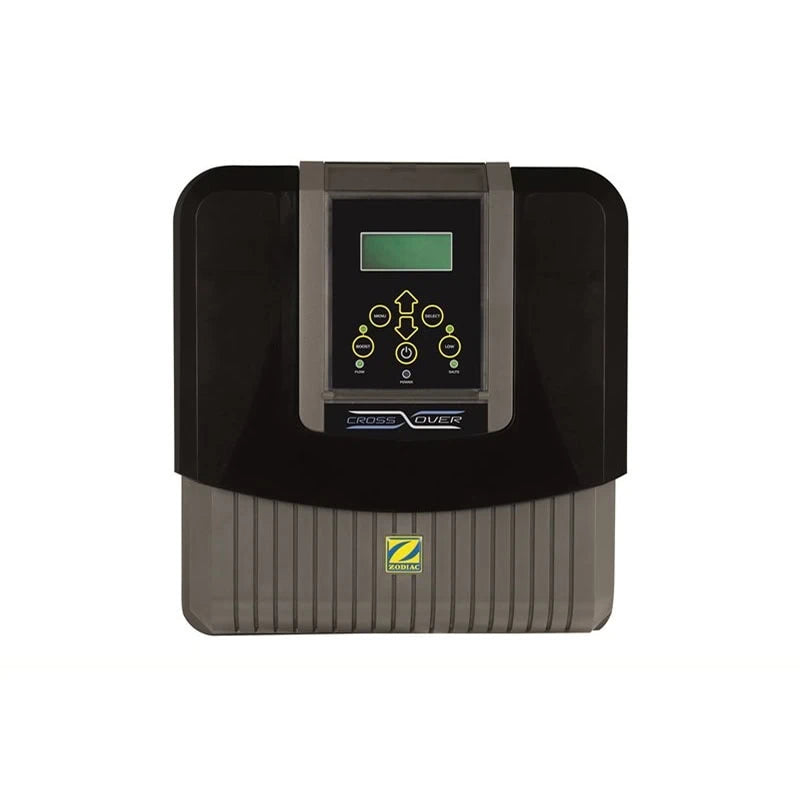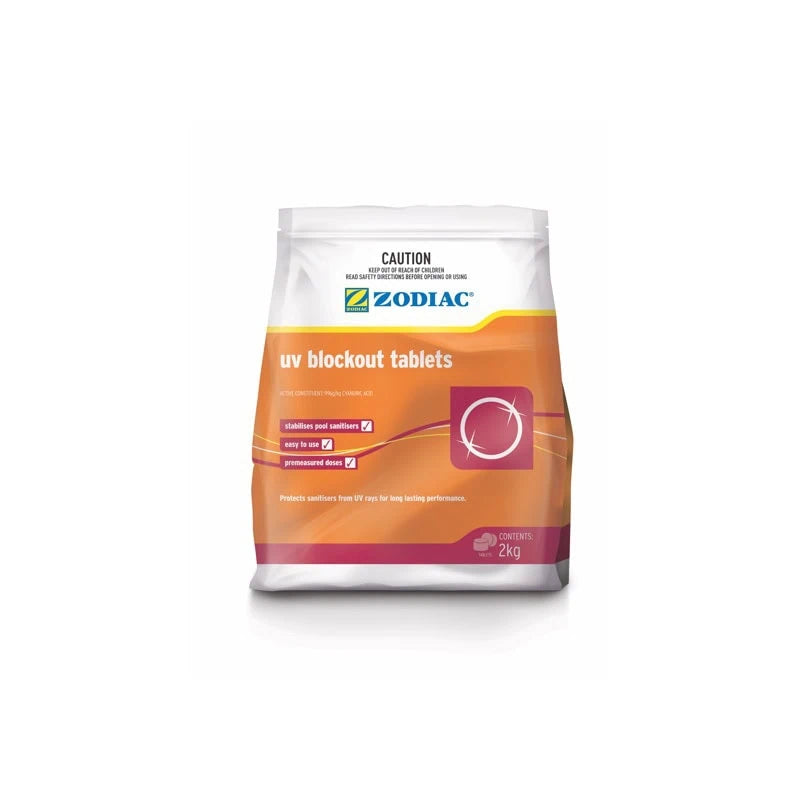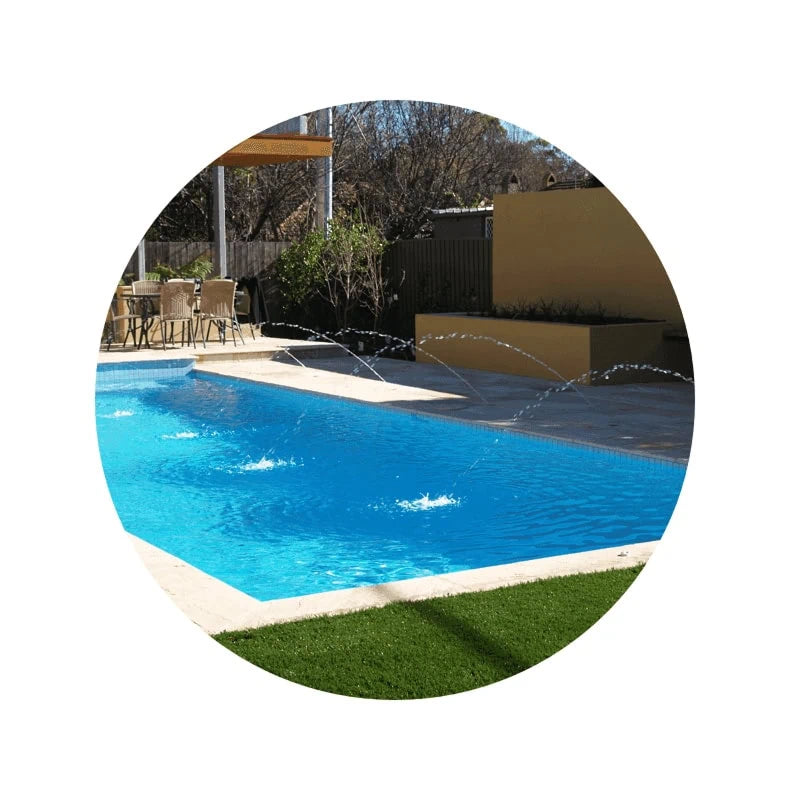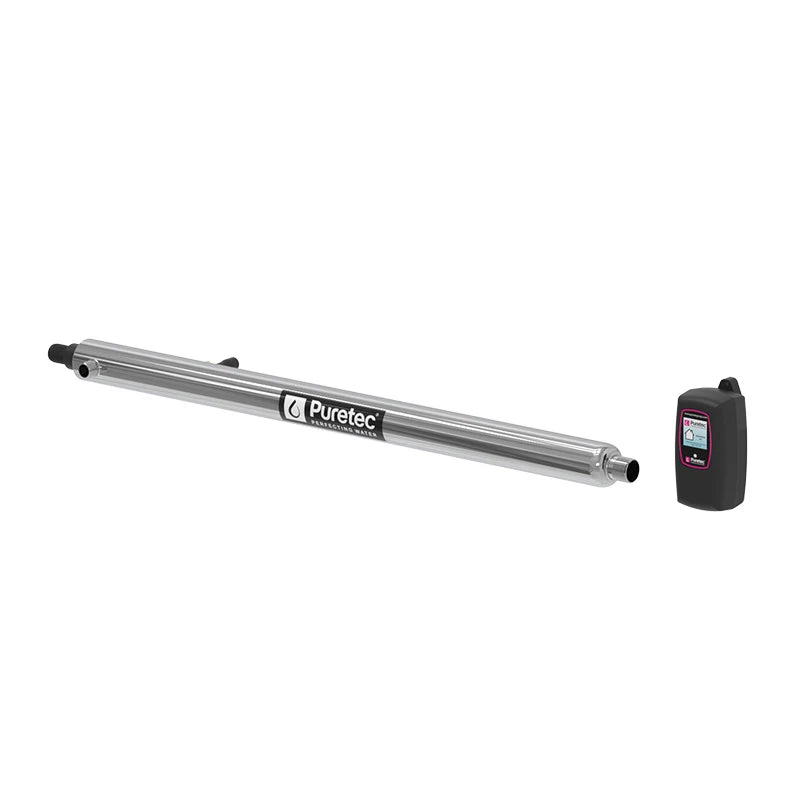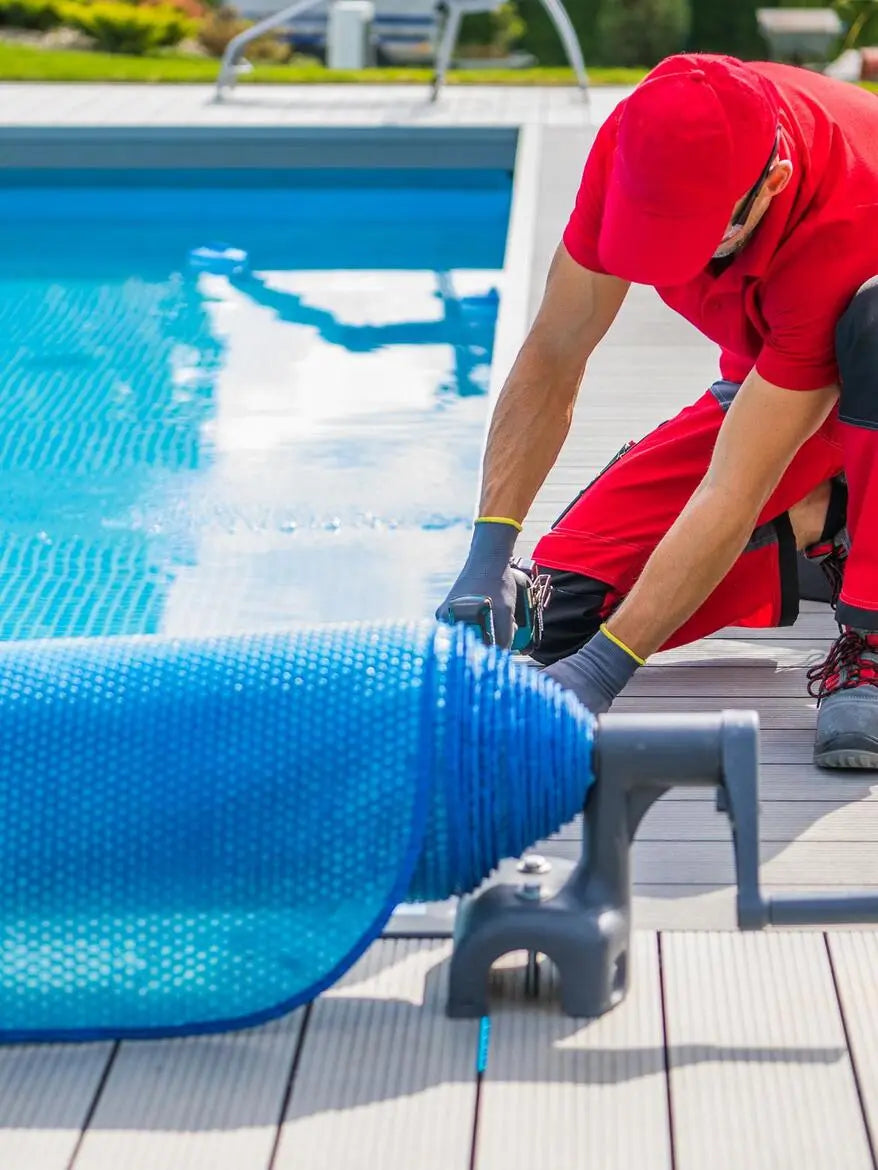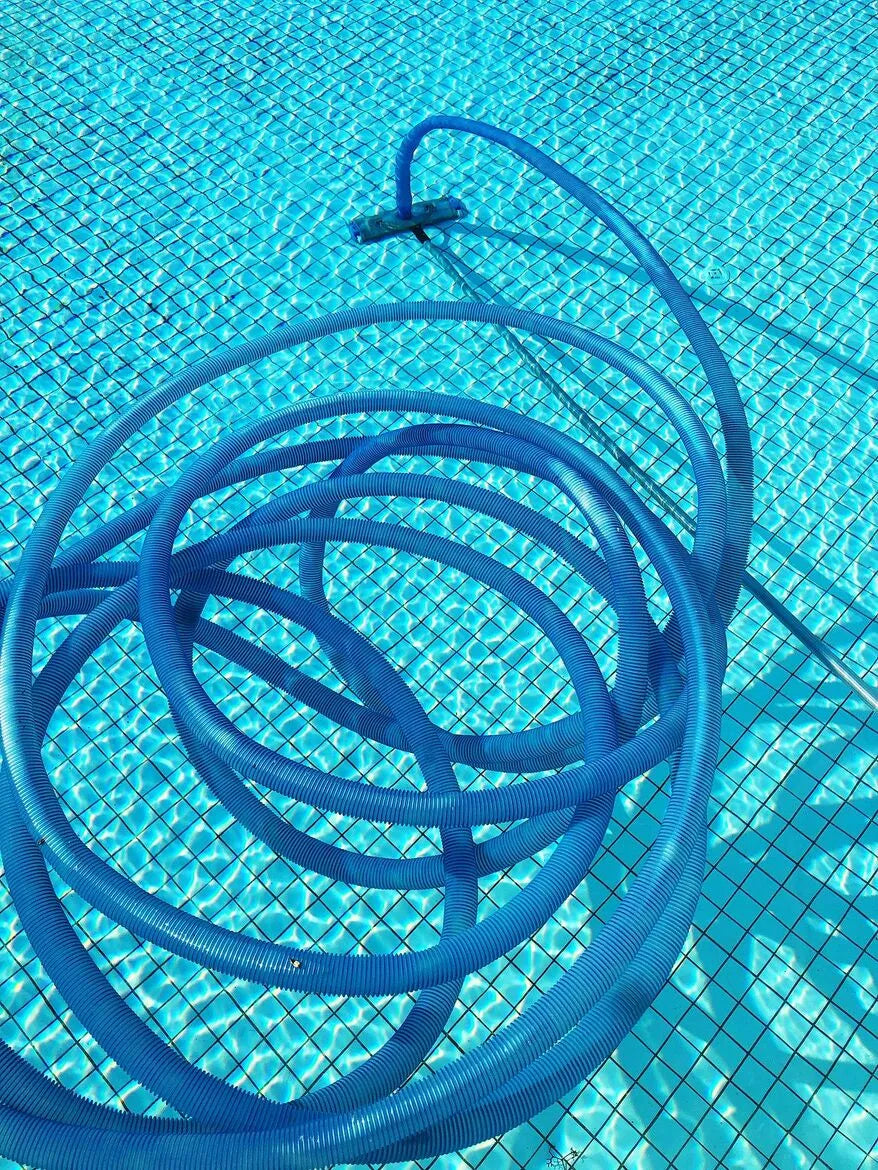Fibreglass Pool Shell Sizes

Fiberglass pool shell sizes typically range from about 10 by 20 feet (3.0 × 6.1 m) to 16 by 40 feet (4.9 × 12.2 m), with the largest standard option being about 16 feet (4.9 m) wide and 40 feet (12.2 m) long—the maximum allowed for highway transport. Smaller versions are also available, starting around 8 × 15 feet (2.4 × 4.6 m), and the designs extend beyond simple rectangles to include freeform shapes.
Ask anyone who has installed a pool and they’ll tell you: size is one of the trickiest decisions. Go too small and you’ll regret not having more room to swim. Go too big and you may end up with a pool that dominates the backyard — and your water bill.
Fibreglass pool shells come in a surprisingly wide range, but the “right” size depends less on the catalogue and more on how you plan to live with the pool. Let’s break it down.
Key Takeaways
- Fibreglass shells come pre-moulded in fixed sizes, usually ranging from compact 2–4m plunge pools to large 10–12m family or lap pools.
- Small shells are cheaper to buy, heat quickly, and need less maintenance — but limit swimming space.
- Large shells create a resort-style feel and more room for activity, but bring higher upfront and ongoing costs.
- Installation limits size choice — transport, crane access, and excavation space often dictate what’s possible.
- Pool size affects running costs: water volume, heating bills, and chemical use rise sharply as size increases.
- For most suburban backyards, a 7m × 3.5m shell is the practical sweet spot — big enough for family use, manageable in upkeep.
Standard Fibreglass Pool Shell Sizes
Unlike concrete pools, which can be poured to almost any shape and depth, fibreglass shells are moulded in factories and shipped as one solid piece. That means the size is fixed by the manufacturer — but the catalogues are more versatile than most people think.
- Plunge pools: Typically 2–4 metres long, 2–3 metres wide. Perfect for courtyards, patios, or as a cooling dip on hot days.
- Mid-sized family pools: Around 6–8 metres long, 3–4 metres wide. Big enough for a family swim, small enough for most suburban backyards.
- Lap pools: Long and narrow, usually 10–12 metres in length but only 2–3 metres wide. A fitness-first option.
- Large lifestyle pools: 9–12 metres long, 4–5 metres wide. A statement piece if you’ve got the room (and the crane access).
💡Expert note: The size you see in the brochure isn’t the only measurement that matters. Always check internal swim length (where you can actually move freely) vs overall outer length (including steps or benches).
If you’re new to the concept of pool shells themselves, start with our guide: what is a pool shell? It explains the role of the shell and why it’s the foundation of every pool.
Small vs Large Pool Shells
|
Pool Size |
Pros |
Cons |
|
Small Shells (Plunge & Compact Pools) |
- Fit almost anywhere - Heat quickly - Use less water and fewer chemicals - Budget-friendly & low-maintenance |
- Limited for exercise - Cramped if more than 2–3 people swim at once |
|
Large Shells (Family & Lap Pools) |
- Room to entertain, exercise, and play - Resort-style backyard presence - Great for families who love swimming together |
- Higher upfront cost - More excavation required - Larger ongoing bills (heating, chemicals, topping up water) |
💡Opinion: Families often assume “bigger is always better”. In reality, the sweet spot for most suburban backyards is around 7m x 3.5m — large enough to swim, compact enough to manage.

Size & Installation Considerations
With fibreglass, size is also about how it gets there.
- Transport: Fibreglass shells are trucked in one piece. Very large shells may require pilot vehicles or special road permits.
- Access: Can a crane reach your backyard? Narrow side gates or overhead powerlines can limit what’s possible.
- Excavation: The bigger the shell, the more soil needs to be removed — and the more it costs to haul away.
💡Pro tip: Before you fall in love with a 10m lap pool, check site access and transport rules. Sometimes it’s not your backyard that limits the pool size, but the roads leading to it.
Different shapes also affect how a pool fits your space — see pool shell shapes guide.
How Pool Size Affects Capacity & Running Costs
Size doesn’t just change how the pool looks — it changes how much water, time, and money you’ll spend keeping it running.
- Water volume: A 3m plunge might hold 6,000 litres. A 10m family pool can exceed 70,000 litres.
- Heating costs: Smaller shells heat faster and hold heat more efficiently. Big pools require more powerful (and expensive) heaters.
- Chemicals: More water = more chlorine and balancing agents, which adds up over years.
- Time: Small pools take less time to skim, brush, and vacuum.
💡Expert insight: If you’re planning to heat the pool year-round, a compact or mid-size fibreglass shell can save thousands over its lifetime compared to a large design.
Fibreglass Pool Shell Sizes: Making the Right Choice
The “right” size is the one that suits your family, your backyard access, and your appetite for ongoing costs.
For most homes, a mid-sized shell strikes the best balance. But if your priority is easy maintenance, go small. If you’ve got the space, budget, and a love of swimming laps, go big.
Need help choosing? At Pool Tools, we can guide you through available fibreglass pool shell sizes so you end up with a pool that fits your lifestyle — not just your block.

Pool Tools Team
We’re here to share expert advice, practical tips, and clear guides to help you choose, build, and maintain your pool with confidence. From fibreglass shells to everyday equipment, we make pool care simple.

